Loveseat
December 27th, 201712/27/2017 2017 fades now, flowing seamlessly into a new round of seasons,
its scars and wounds still with us, while 2018 grows ever nearer on the horizon of our hopes, And we?, we watch and witness and grow ever older. December 19th, 201712/19/2017 Just when I'm feeling stale, no sense of where to turn next for images, at last I wake to fog, deep fog. So I go out and made a few images: perhaps not the best ones, but among them, but this one may help convey some of what I like so much about fog: mystery, vagueness, a feeling of "i think I see . . .", but then it (what?) eludes me.
December 16th, 201712/16/2017 Teju Cole on photography work: "Along the way, I felt the constant company of doubt: my lack of talent, my imposter's syndrome, my fear of boring others. Every once in a great while, there was finally a superb picture, but when I looked at it the following week, I would see that it actually wasn't very good: too obvious, too derivative. Three thousand photographs and three thousand doubts."
Yep, I know the experience. I make an image, think it's "superb," and the morning after see that "it actually wasn't very good." I've been (re)-reading an excellent book, "Art&Fear" and one of the points the authors make is that at some point you just have to go on. Let it be what it will be . . . December 12th, 201712/12/2017 Alfred Stieglitz, an early twentieth century American photographer, once worked on what he called "equivalents." He experimented with abstraction in his photographs, finding inspiration in this work in clouds and the various forms they take. He claimed that his cloud images were equivalents of his emotional moods. Well, maybe. I often find their various shapes and structures fascinating in themselves.
December 09th, 201712/9/2017 Teju Cole: "There is no surrender of beauty, only an effort to find beauty by going past the typical and arriving at the common . . . Assemblages inhabit their own complexity and color. What I visit less often is what has been labeled beautiful ahead of time . . . I want to see things . . . for the underground channel of perception by which they are connected, the common semantics of used space. the shock of familiarity, the impossibility of exact repetition."
December 05th, 201712/5/2017 They fly up and circle and then return to rest,
but then one, what?, becomes disturbed or exuberant? and it begins to fly and soon a whole group joins him and fly together, in rows and groups, circling and filling the sky for a few moments and then the group circles back and returns to the earth until the next cycle. Meanwhile, the watcher sits astonished and in wonder at the amazing performance . . . Robert Adams: "Human beings are tragic . . .There is, however, consolation to be found in the caring of family and friends, in the beauty of some of the natural world, in some of the achievements of civilization, in the not infrequent kindness of those known only a little or not at all, in the reassurance of some stories, in the inexplicable rightness of some music, and in the witness of some pictures. The latter testifies, at its best, to the poise of Mont Sainte-Victoire, to the quiet of Seventh Avenue in New York on Sunday mornings . . ." —or the mystery of birds in flight on an afternoon on the beach . . . December 04th, 201712/4/2017 Robert Adams: "All of these elements—geography, autobiography, metaphor—are brought together by the photographer's self-surrender. Though the picture is achieved with the help of choices he makes . . . his goal seems to be . . . the simple recording of the sufficiency of what is."
December 01st, 201712/1/2017 Robert Adams: "art is a discovery of harmony, a vision of disparities reconciled, of shape beneath confusion. Art does not deny that evil is real, but it places evil in a context that implies an affirmation,; the structure of the picture, which is a metaphor for the structure of the Creation, suggests that evil is not final."
I take this to mean that art points toward the possibility of hope even in the midst of chaos, even amidst the ignorance, hate and greed that dominate so much of our lives. Categories |
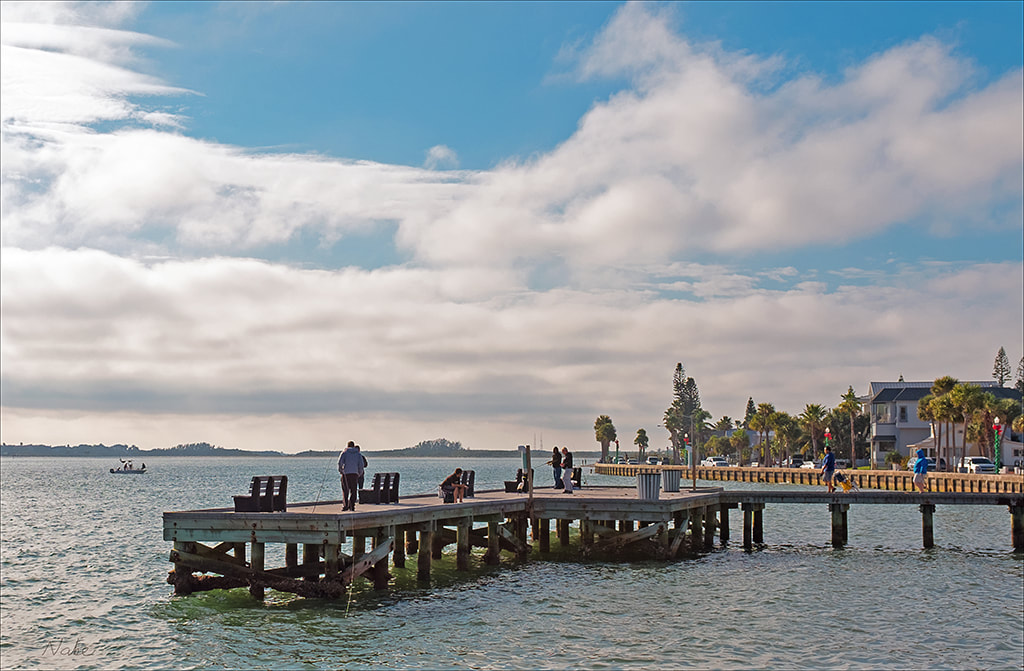
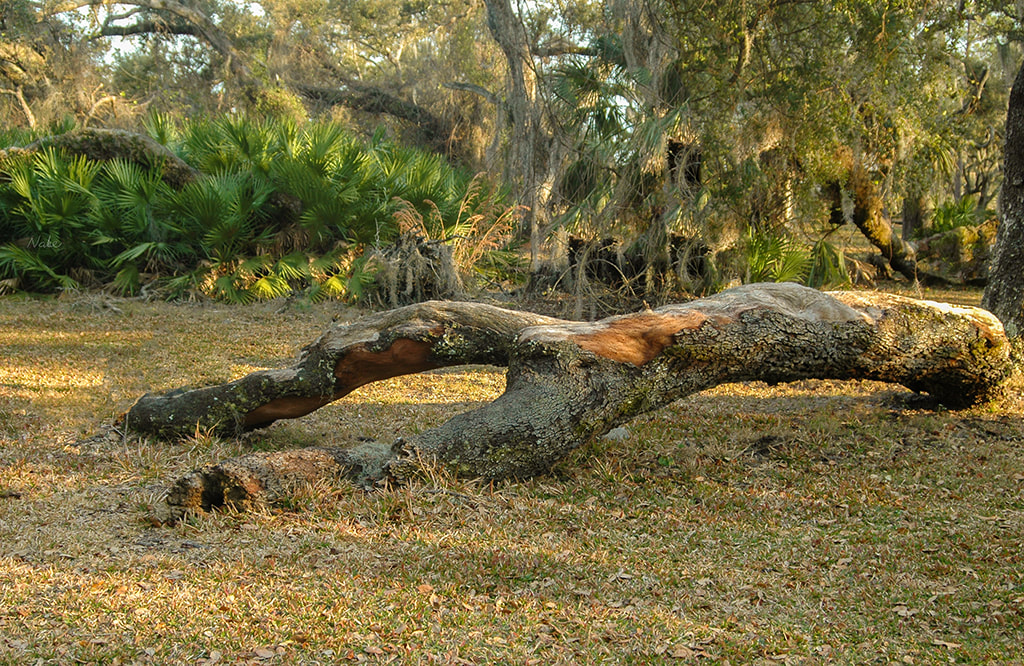

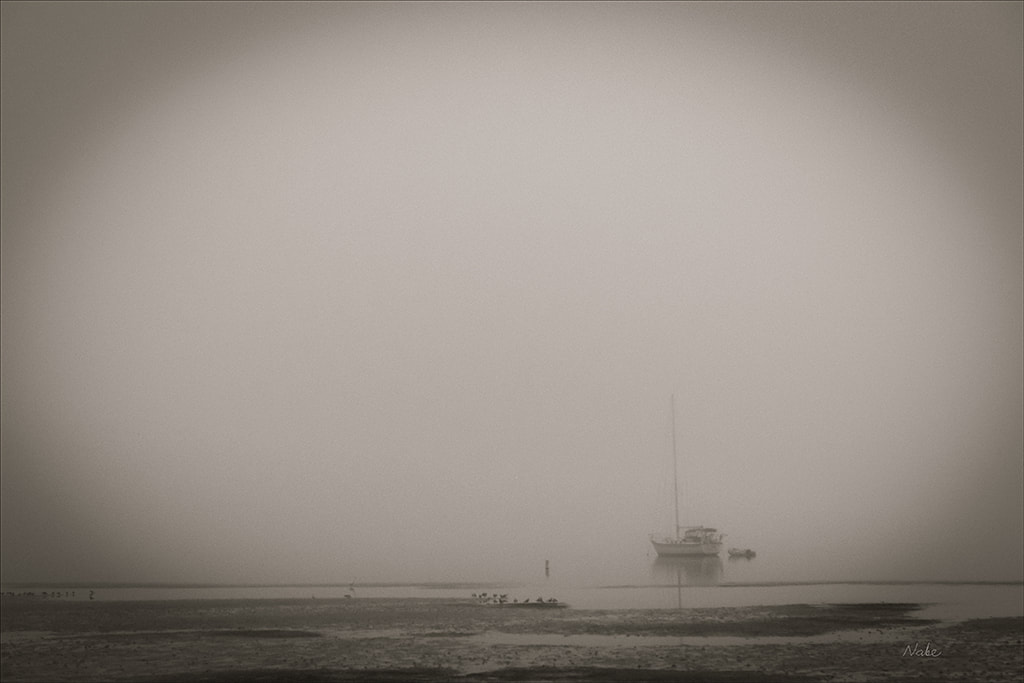
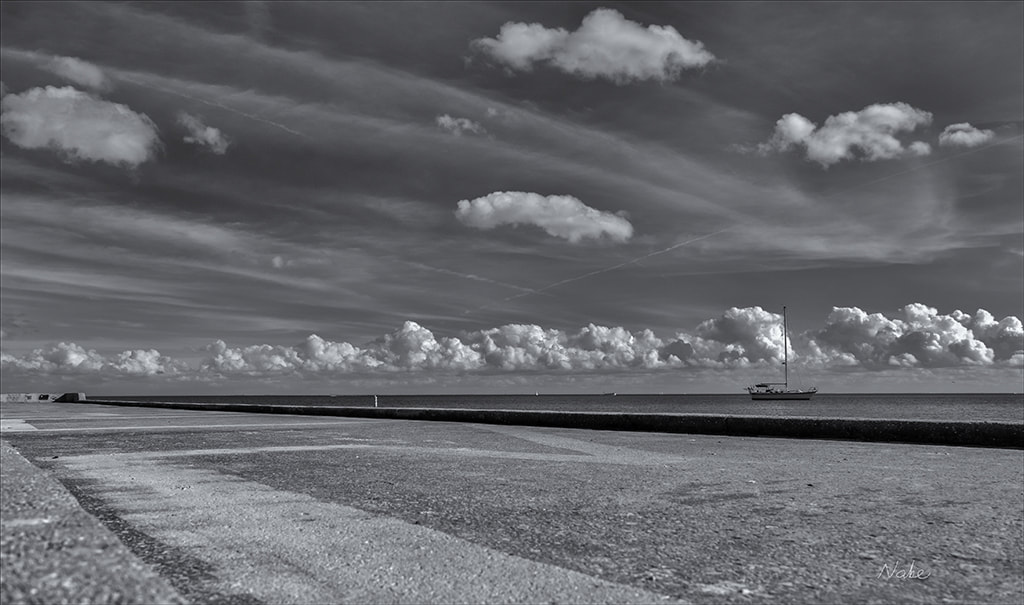
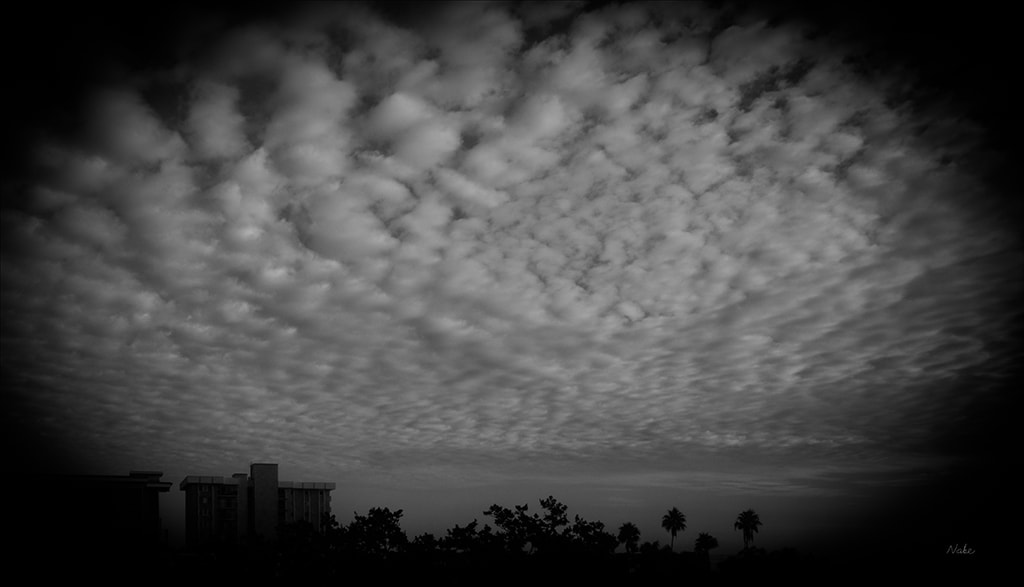
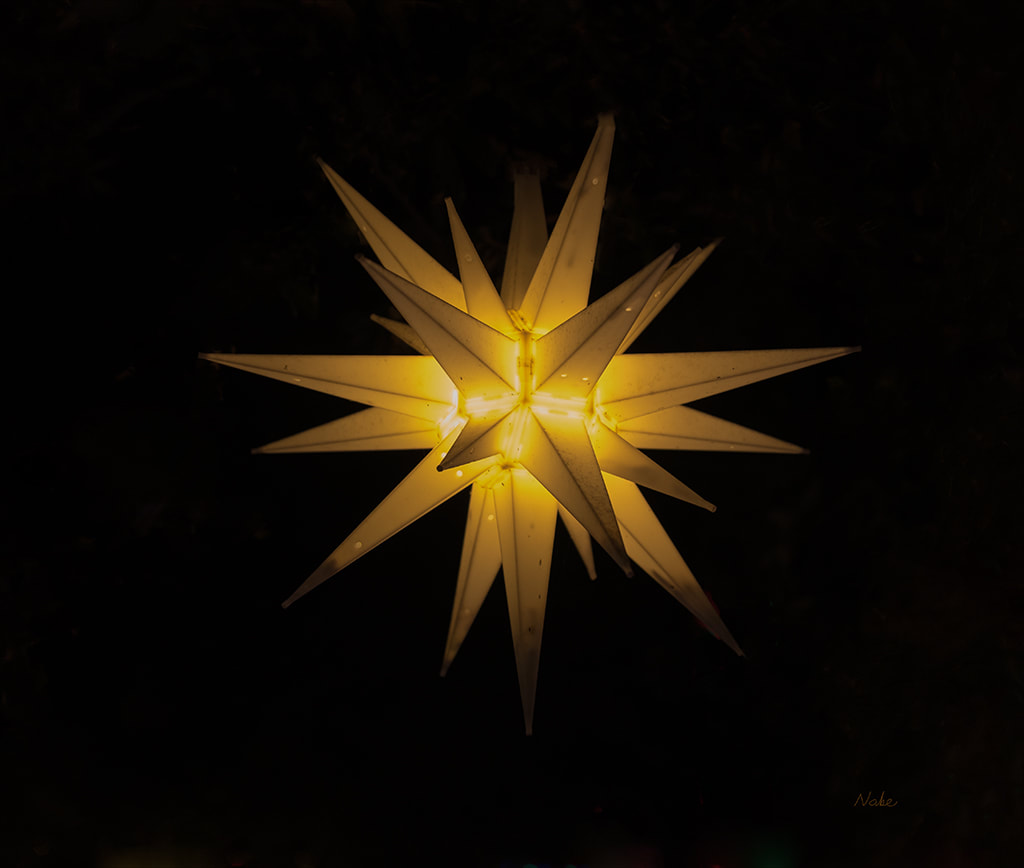
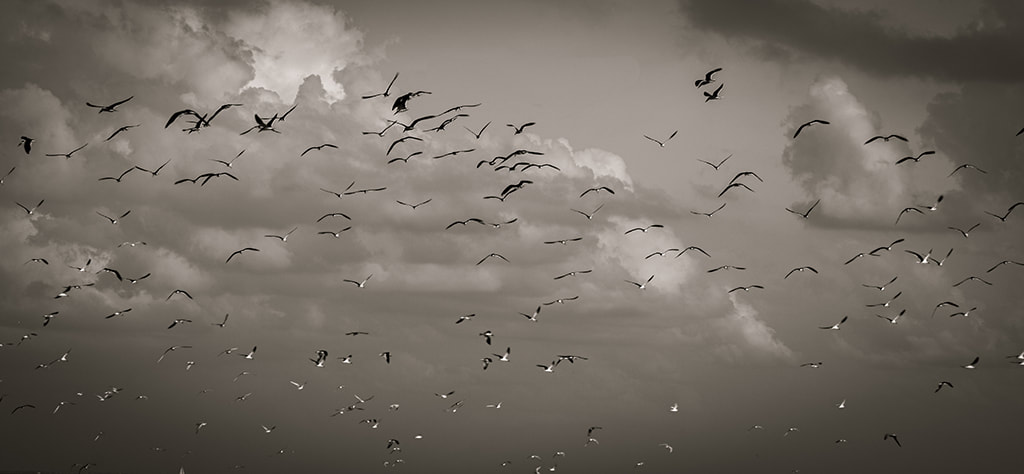
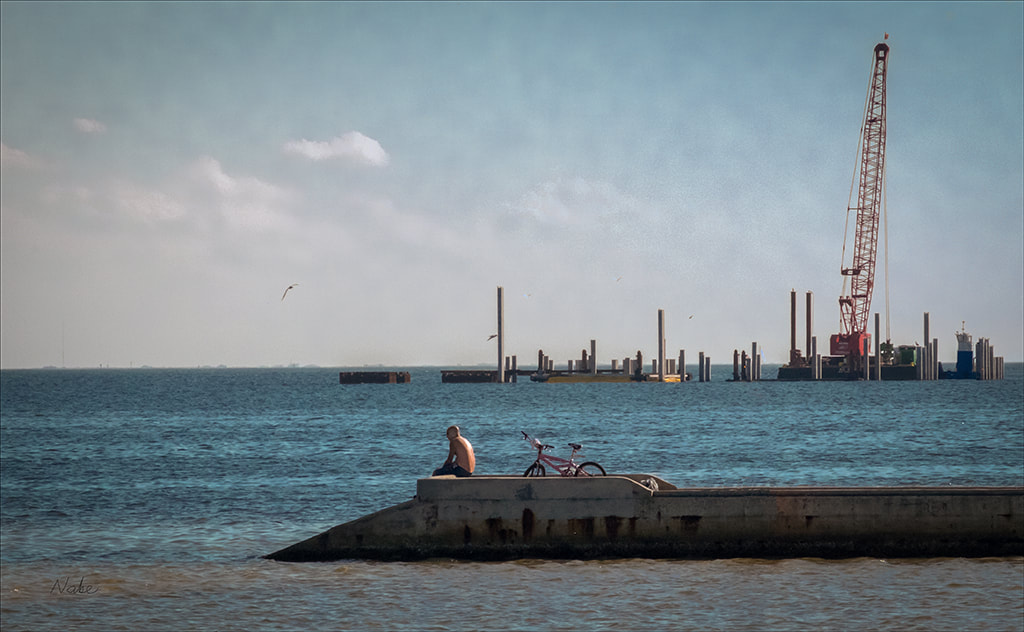
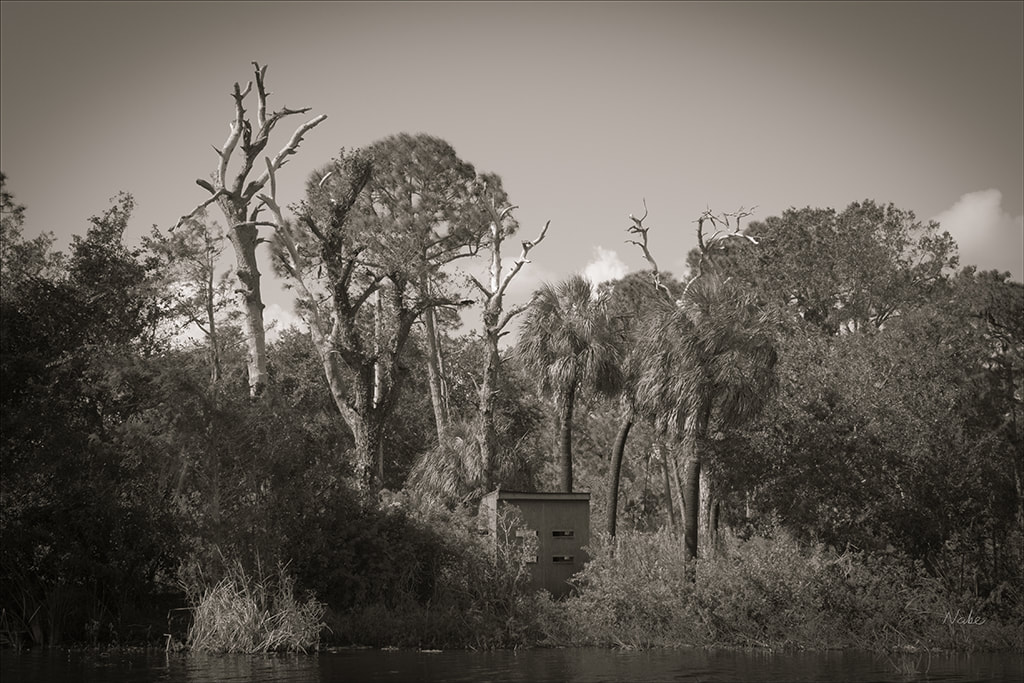
 RSS Feed
RSS Feed